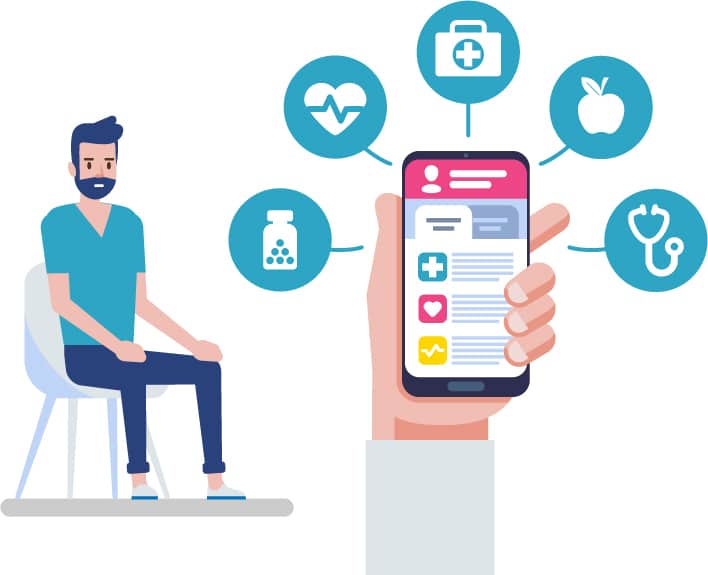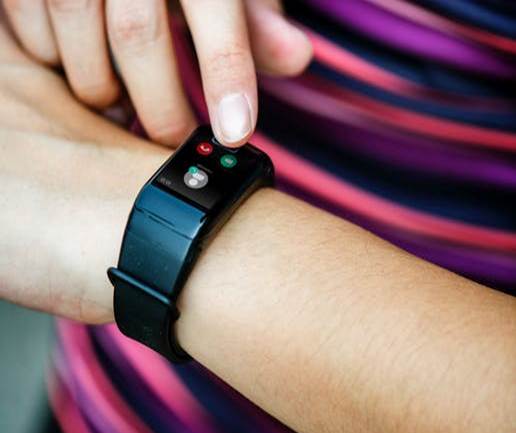Using Gamification in Healthcare: Motivating Patients to Improve Health Outcomes

Gamification has been gaining immense popularity among various industries, and healthcare is no exception. The healthcare gamification market is expected to grow rapidly in the near future, and this trend has been attributed to various factors such as the rising number of chronic diseases and the increasing awareness regarding healthy lifestyles among people.
Healthcare Gamification
Healthcare gamification is a concept that involves the use of game mechanics in non-game contexts to promote healthy behavior among individuals. With the advent of technology, gamification has become an important tool in promoting healthy lifestyles, disease management, and improving patient outcomes.

The Market
The healthcare gamification market is predicted to grow at a significant rate in the coming years. According to a report by Meticulous Research, the market is expected to reach $6.40 billion by 2025, growing at a CAGR of 11.5% from 2019 to 2025. The report also highlights the top 10 companies in the healthcare gamification market, which include companies such as Mango Health, Ayogo Health, Fitbit, Jawbone, Microsoft, and Nike.

Benefits of Healthcare Gamification
Gamification has a number of benefits in healthcare, some of which include:
- Improved patient engagement: Gamification can make healthcare more engaging for patients, leading to improved patient satisfaction and better health outcomes.
- Incentivized behavior change: With gamification, individuals can be incentivized to engage in healthy behaviors, such as exercising regularly or adhering to medication schedules.
- Increased adherence to treatments: By making healthcare more fun and interactive, gamification can help improve patient adherence to treatment plans, leading to better health outcomes.
- Real-time monitoring: With the use of technologies such as wearables, gamification can enable real-time monitoring of patient health, facilitating early intervention and prevention of adverse outcomes.
Types of Healthcare Gamification
There are various types of gamification that can be used in healthcare, including:
- Goal-setting and tracking: This involves setting goals for health-related behaviors and tracking progress towards these goals using gamified applications.
- Virtual reality: Virtual reality can be used to simulate real-life scenarios and environments, enabling patients to practice and learn health-related behaviors in a safe and engaging manner.
- Contests and competitions: Contests and competitions can be used to engage individuals and incentivize healthy behaviors in a fun and entertaining way.
- Reward-based gamification: This involves rewarding individuals for engaging in healthy behaviors, such as exercising regularly or quitting smoking.
Examples of Healthcare Gamification
There are various examples of gamification being used in healthcare, some of which include:
Fitbit
Fitbit is a popular wearable device that tracks fitness activities, sleep patterns, and heart rate. It also includes gamification features such as goal-setting, progress tracking, and badges for achieving milestones. With Fitbit, individuals can engage in friendly competitions with friends and family, motivating them to exercise more and lead a healthier lifestyle.

Habitica
Habitica is an online role-playing game that rewards players for engaging in healthy behaviors such as exercising, drinking water, and getting enough sleep. Players create their own avatars and earn points and virtual currency for completing tasks and meeting goals. Habitica also includes a social component, allowing players to join groups and compete against each other in challenges and quests.
Challenges
Despite the many benefits of gamification in healthcare, there are also some challenges that need to be addressed. One of the main challenges is ensuring that gamification is effective in promoting long-term behavior change. While gamification can be effective in the short term, it is important to ensure that individuals continue to engage in healthy behaviors over time.
Another challenge is ensuring that gamification is accessible to all individuals, including those who may not have access to technology or who may have limited literacy skills. This requires the development of gamification strategies that are inclusive and that can be tailored to the unique needs of different individuals.
Conclusion
Gamification has enormous potential in healthcare, and its benefits are becoming increasingly recognized by healthcare providers and patients alike. With the growing focus on preventative healthcare, disease management, and patient engagement, gamification is likely to play an important role in the future of healthcare.

Source image : mambo.io

Source image : www.openpr.com

Source image : blog.makeyourlifeagame.com

Source image : access-information.com

Source image : meticulousblog.org




